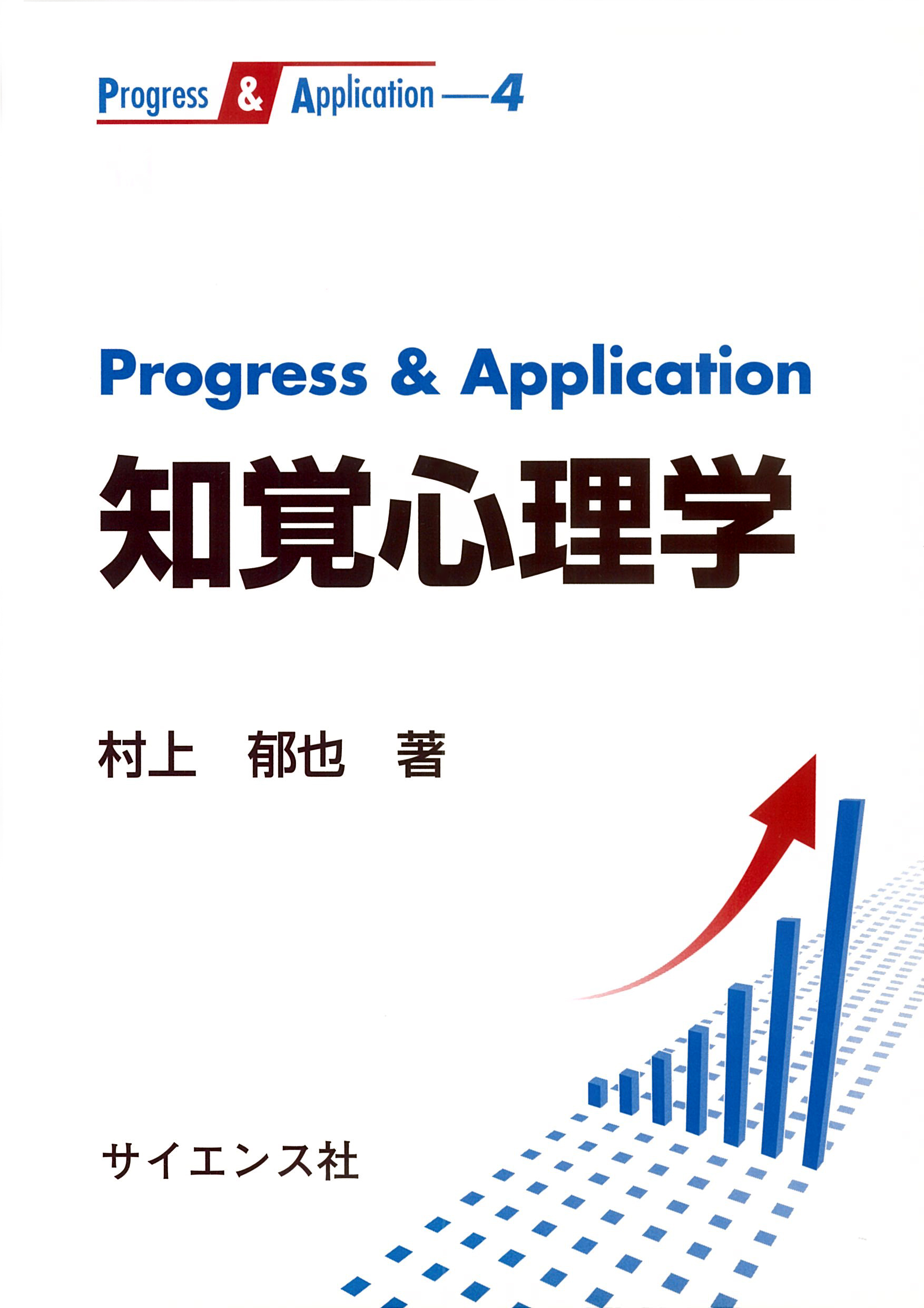
Title
Myers Shinrigaku (Myers Psychology in Color)
Size
pages, B5 format, softcover
Language
Japanese
Released
April 21, 2015
ISBN
978-4-89013-448-9
Published by
Nishimura Co., Ltd.
Book Info
See Book Availability at Library
Japanese Page
This is a Japanese translation of the tenth edition of Psychology by David G. Myers. The original has been regarded as a bible for the introduction of contemporary psychology, designated as a standard textbook for undergraduate general education subjects such as an outline of psychology in the USA and other countries. The book has been written so that even high school students are able to read and understand it.
I have translated this book and created a textbook with 693 two-columned pages in B5 standard paper size, all in full-color print. The number of characters may seem overwhelming compared to the average for textbooks used in introductory lectures at Japanese universities. However, a textbook of this size is not rare for general topics by international standards. Students read specified sections of such a thick textbook so that they will have basic knowledge on the topic prior to the lecture. It was my desire that general topics courses in psychology taught in Japan have an introductory textbook comparable with overseas counterparts in terms of content volume and quality. This prompted me to privately translate the original version.
It was in a sense inevitable that the translation was done privately. The topics comprehensively cover the history of psychology, study methods of psychology, biology, cognition, heredity, evolution, development, perception, learning, memory, thinking, language, intelligence, motivation, industry, emotion, health, personality, society, disability, clinical trials and other diverse subjects that comprise psychology, allowing readers to have an overview of the subject. All this is written by a single author, who delivers his text in a very personal tone. The author in the first person addresses “you” as a reader, and his writing is light and easy, with his original sense of humor and jokes sprinkled throughout, as if he is conducting a private lecture in a relaxed manner. I tried my hardest to translate it while assuming the author’s personality so that the ambiance is conveyed to the readers to the fullest.
The author uses examples taken from social networking services and search engine companies, such as Facebook and Google, using their real names, and explains human psychological profiles in such a way that young people living in modern society can easily relate to the subject. The text is clearly written and generous amount of energy is put in to make readers enjoy reading. On the other hand, people with expert knowledge in the field may find room for improvement in terms of the details. Such shortcomings may be typical of “introductory textbooks,” and those who have moved up from the elementary level may further advance their studies with materials more suitable for their level. This book is for those who need to develop a foundation on which to build further knowledge to reach such levels later, and I would be happy if this book helped them with it. This book can also be useful for psychology specialists, such as postgraduate students in psychology, who develop knowledge in their specialized field but not so much in other distantly-relevant topics. If that is the case, they can use this book at any time as a backup reference to maintain their cognitive map.
(Written by MURAKAMI Ikuya, Associate Professor, Graduate School of Humanities and Sociology / 2018)
Table of Contents
Author: David G. Myers
Prologue The Story of Psychology
Chapter 1 Thinking Critically With Psychological Science
Chapter 2 The Biology of Mind
Chapter 3 Consciousness and the Two-Track Mind
Chapter 4 Nature, Nurture, and Human Diversity
Chapter 5 Developing Through the Life Span
Chapter 6 Sensation and Perception
Chapter 7 Learning
Chapter 8 Memory
Chapter 9 Thinking and Language
Chapter 10 Intelligence
Chapter 11 Motivation and Work
Chapter 12 Emotions, Stress, and Health
Chapter 13 Personality
Chapter 14 Social Psychology
Chapter 15 Psychological Disorders
Chapter 16 Therapy



 Find a book
Find a book










